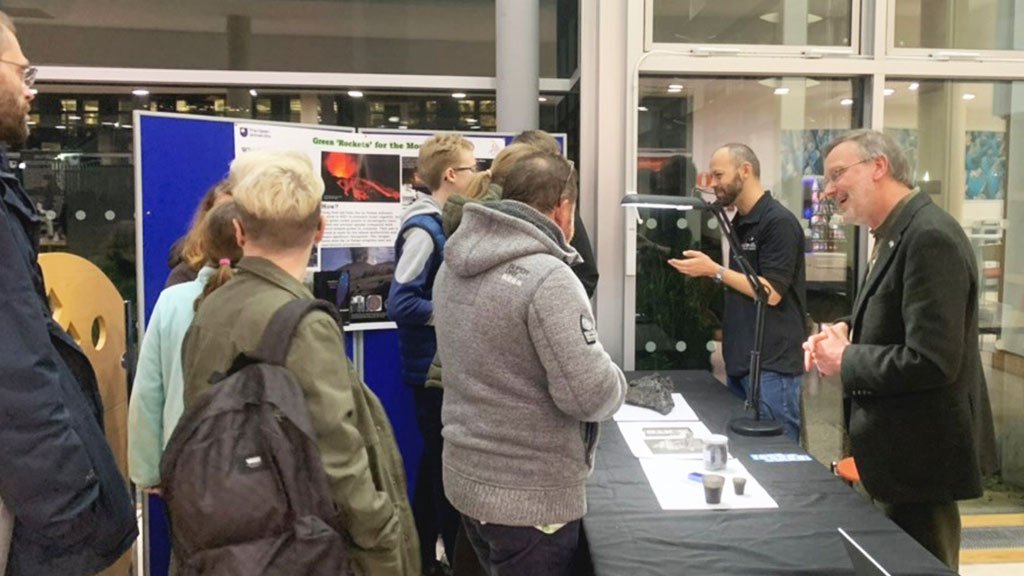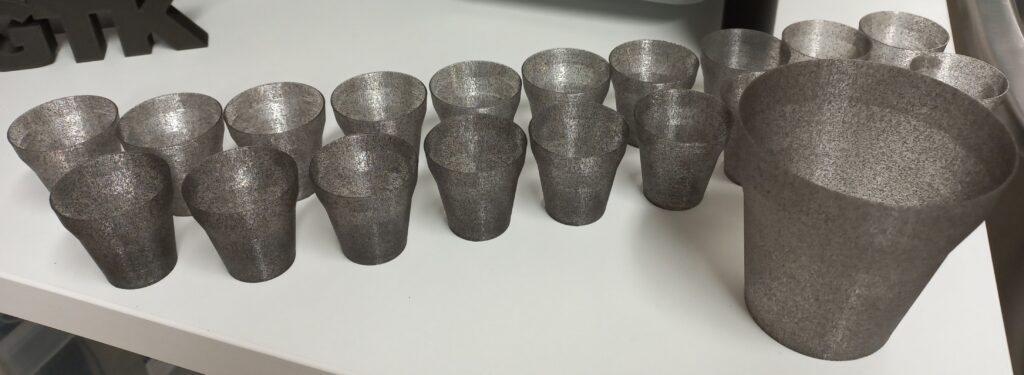GTK is Helping Space Researchers Make Living on the Moon a Reality
The Geological Survey of Finland (GTK) and the Open University (OU) in the UK has successfully grown plants in fresh volcanic ash from the island of La Palma, Canary Islands, which is considered by space scientists to be a direct analogue of the Moon’s soil (regolith). Seeds of rocket (common type of plant used in salads) were successfully germinated in various experimental mixtures of ash and compost contained within 3D printed plant pots made from the ash mixed with a biowaste binder.

“Materials for building a future lunar base cannot easily be exported from Earth. They need to be made on the Moon. Volcanic ash is the closest terrestrial analogue to the Moon’s regolith. That makes it a perfect geomaterial to experiment with and to test how printing objects, such as bricks, might work on the Moon. We can also investigate what kind of compositions would be the best for plant growth,” says Alan Butcher, Researcsh Professor, GTK, who is leading this new research area.
The 3D printing was done at the Circular Raw Materials Hub at Espoo, Finland, by GTK’s Dr Ian Corfe. The growth experiments were undertaken in collaboration with leading UK space scientists Professor Mahesh Anand, and Dr Rich Windmill (OU), and researchers Drs Matt Pankhurst, Olivia Barbee and Beverley Coldwell, from INVOLCAN (Canary Islands Volcanology Institute).
GTK recently participated in “Moon Night 2022” – a public outreach event organized by the Open University (OU), in collaboration with the UK Space Agency (UKSA).
GTK is researching and testing ways to utilize industrial side streams (especially from mining industry) in 3D printing. The pot printing experiment was one part of this testing.

GTK was part of the Apollo program back in the 1970s
In the 1970’s, GTK helped NASA during the Apollo program to analyze rock samples returned from the Moon missions. As a thank you for this work, Richard Nixon (the President of the United States at the time), gifted a piece of the Moon to Finland. The sample – an olivine basalt – is similar to volcanic rock that erupted last year on La Palma, and is on display at GTK’s Geological Exhibition in Espoo. Interestingly, this year (2022) and month (December) is the 50th Anniversary of the Apollo 17 moon landing – and was the only mission that included a geologist (Harrison “Jack” Schmitt) as one of the astronaut crew.
More information
Alan R Butcher
Research Professor
Geological Survey of Finland (GTK)
alan.butcher@gtk.fi
